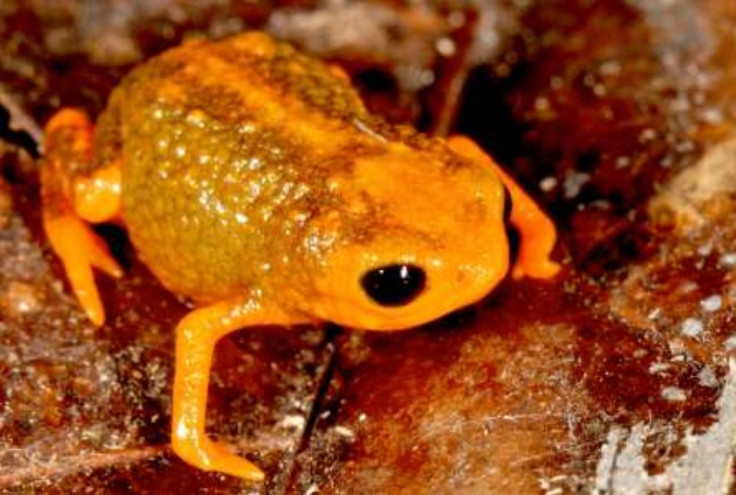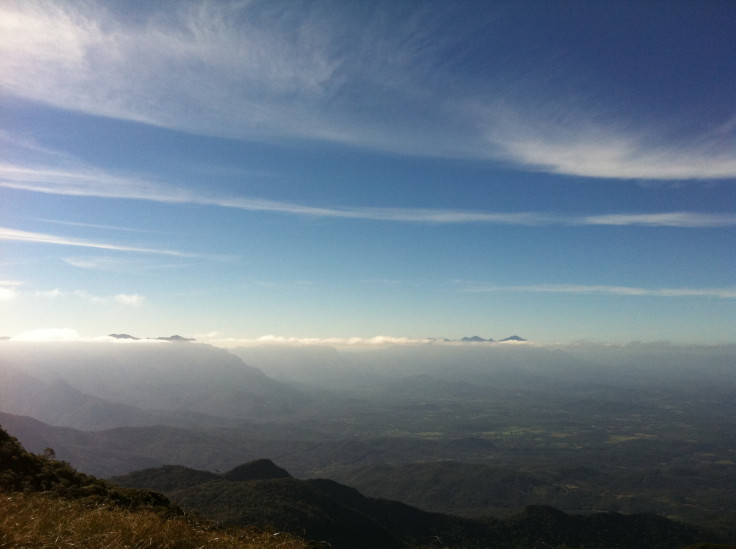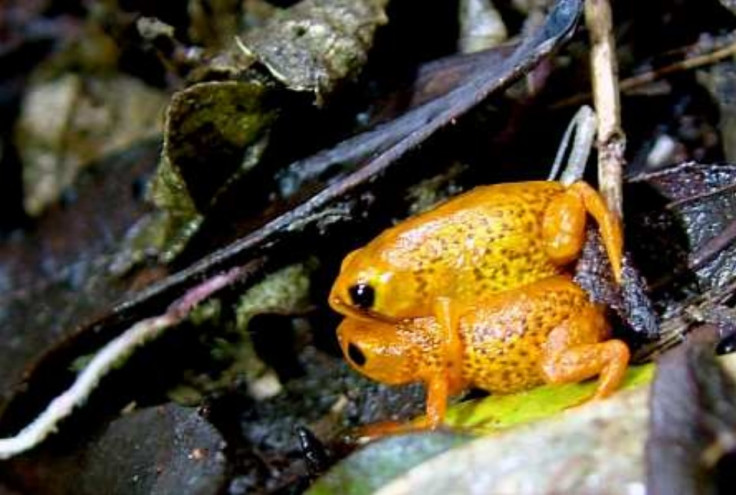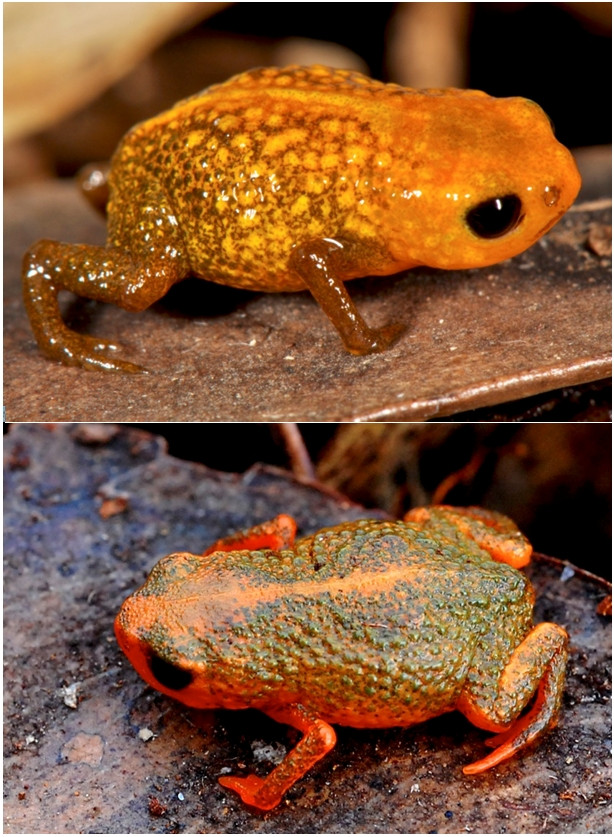Seven teeny tiny species of poisonous frog discovered in Brazilian Rainforest [Photos]
Seven tiny and adorable species of frog have been discovered in the Brazilian Rainforest – with most adults not measuring more than one centimetre in length.
The team of researchers spent five years exploring the mountains of the southern Brazilian Atlantic Rainforest and have now identified the seven species – members of a brightly coloured frog genus called Brachycephalus.
All of the species are only found in the cloud forests and a few adjacent mountaintops, researchers said. The study, published in the journal Peer J, said their limited range could be a result of their "climatic tolerance to a narrow set of environmental conditions found only in montain regions".

This makes them extremely vulnerable to extinction, especially as a result of shifts in the distribution of cloud forest because of climate change.
Branchycephalus are among the smallest terrestrial vertebrates and their bright colours are believed to act as a warning to the presence of a highly potent neurotoxin in their skin called tetrodoxin.

Tetrodotoxin – also found in the deadly pufferfish and blue-ringed octopus – causes paralysis of voluntary muscles, such as the diaphragm and intercostal muscles which control breathing. It is about 100 times more poisonous than potassium cyanide.
The first species of Branchycephalus was described in 1842 by German naturalist Johann Baptist von Spix, but most additional species have been found in the last decade – mainly because of the difficulty of the terrain where they are found.

Project leader Marcio Pie, a professor at the Universidade Federal do Paraná, said: "Although getting to many of the field sites is exhausting, there was always the feeling of anticipation and curiosity about what new species could look like."
Researchers are also hopeful more species will be discovered in the future. Luiz Ribeiro, from the Mater Natura Institute for Environmental Studies, said: "This is only the beginning, especially given the fact that we have already found additional species that we are in the process of formally describing."

© Copyright IBTimes 2025. All rights reserved.






















